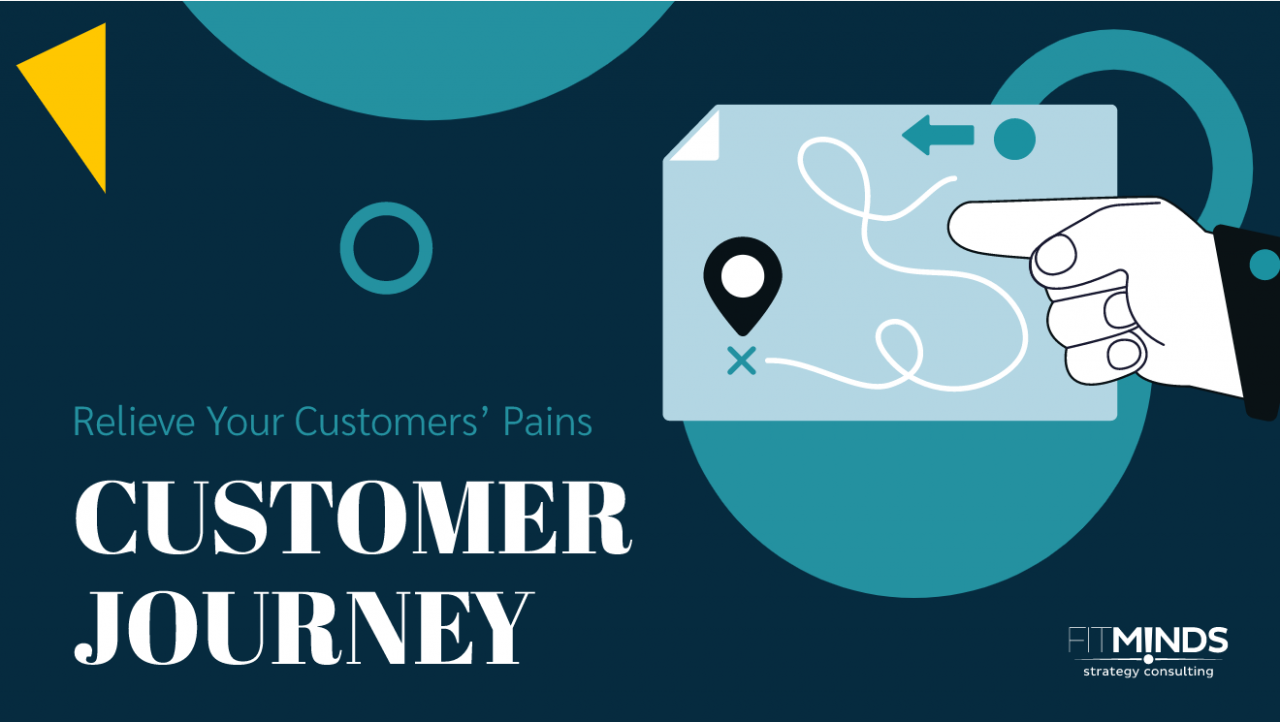What is a Customer Journey?
The customer journey is the name given to all the customers’ experiences in interacting with your brand. The customer journey is not just about purchasing your product/service. It lists all the steps that customers take when they interact with your brand. Getting aware of your brand’s existence, interacting with your brand, making a purchase decision, using your product/service and post-use behavior are all parts of the customer journey.
Why Understanding Customer Journey is Important?
Defining the customer journey is so critical because of three reasons:
1. It allows you to understand what customers experience and feel while interacting with your brand.
2. It helps you identify problems that customers may encounter and create solutions.
3. It enables you to evaluate the emotional states of your customers at every step. So, you can easily figure out the relative importance of each experience and decide which step(s) to focus on.
Designing the Customer Journey
You can start designing customer journey, by analyzing the purchasing process:
1. Problem Identification: The customer gets aware of the problem or the need.
2. Information Search: S/he starts looking for ways to meet her/his need.
3. Evaluation of Alternatives: S/he compares alternatives and determines the most suitable one.
4. Purchase Decision: S/he buys the product/service that s/he chooses.
5. Post-Purchase Behavior: S/he experiences the product/service that s/he buys.
Please note that some parts of the purchasing process may have different sub-steps. When designing the customer journey, you should consider all those sub-steps and answer the following questions for each of them:
1. Action: What are customers doing at each step?
2. Motivation: What drives customers to move on to the next step?
3. Feeling: How do customers feel at every step?
4. Questions: What questions are customers trying to answer at each step?
5. Obstacles: What obstacles do customers face at each step?
It will be useful to use a scheme like the one below.

It is common wisdom for marketers that emotional brain rather than rational one has a much more significant impact on decision-making. For this reason, you should turn your focus to the emotional states of your customers. Identify where your customers’ mood is negative and offer solutions for those pain-points. Also, your communication with your customers should be directed to pain-points.
Conclusion
The customer journey is a very important strategic decision-making tool that allows you to put yourself in your customers’ shoes, understand the potential problems, and produce solutions to them. In short, it allows you to empathize. Remember, the journeys of all your customers do not have to be the same. Some of your customers may skip some steps, while others may go through more. Therefore, consider multiple possibilities by working on different scenarios.
Corona Notice: Covid-19 is affecting customer journeys as well. We encourage you to examine every step of current customer journeys as stated above, try to identify and respond to changing needs
Contact us to understand and redesign your customers’ journeys.




